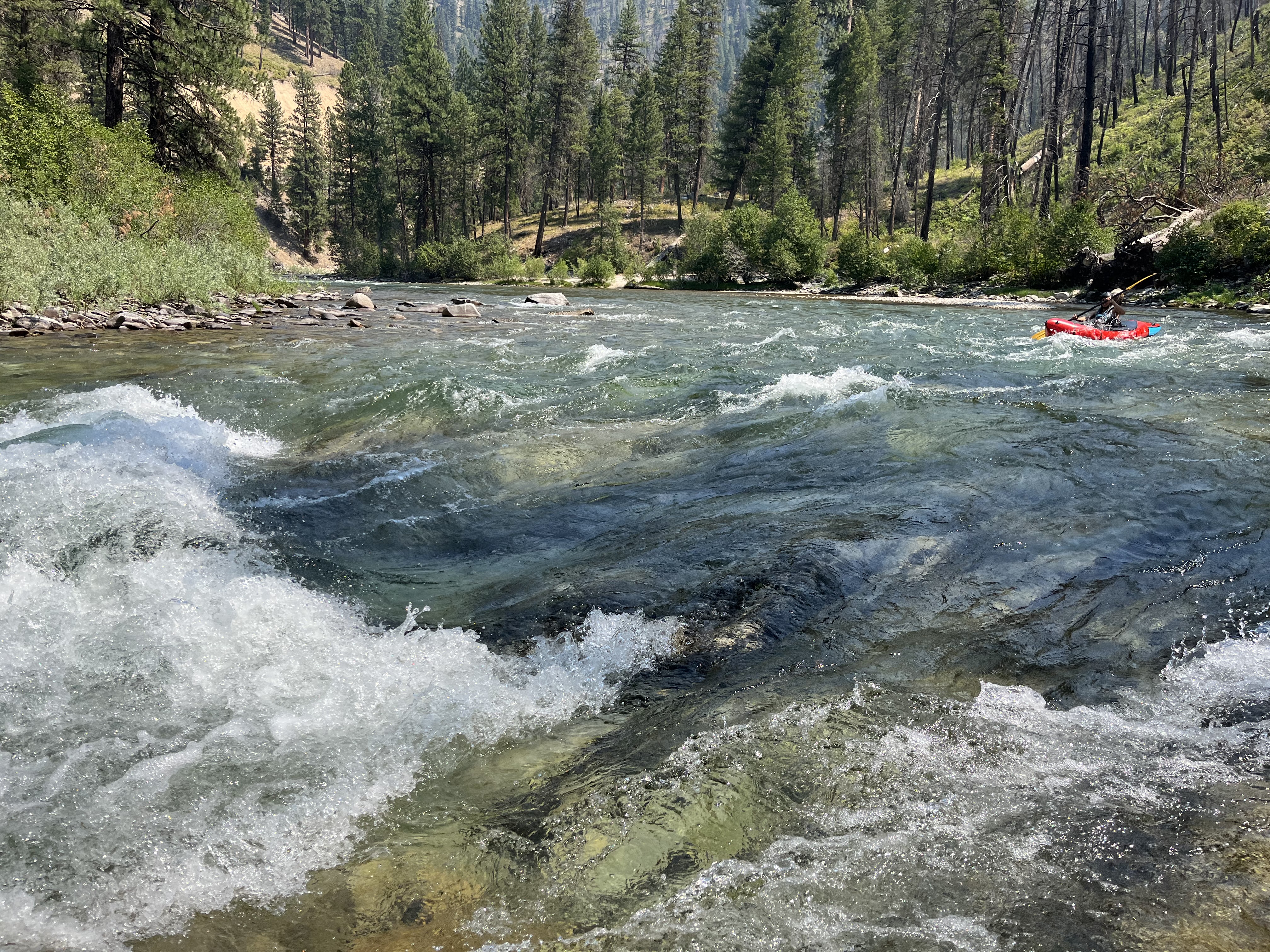
Supreme Court Narrows Clean Water Act
The Supreme Court today issued a decision that significantly narrowed the scope of the Clean Water Act protection of wetlands adjacent to rivers. The Court ruled in a 5-4 decision in Sackett v. Environmental Protection Agency that only wetlands that have a “continuous surface connection” to a river are subject to the Clean Water Act. The decision effectively prevents the EPA from requiring a permit for filling, dredging, or polluting wetlands that are next to a river and hydrologically connected. This narrowing of the Clean Water Act would exclude those wetlands that are adjacent to a river but are separated by natural or artificial barriers such as berms, dams, and roads. The case arose out of a dispute between a landowner seeking to fill a wetland connected but not adjoining a river.
As a consequence of this new and overly narrow test adopted by the Court, long-regulated wetlands are suddenly beyond the scope of the agencies’ regulatory authority, with negative consequences for waters of the United States. As the dissenting Justices warn:
Because of the movement of water between adjacent wetlands and other waters, pollutants in wetlands often end up in adjacent rivers, lakes, and other waters. Natural barriers such as berms and dunes do not block all water flow and are in fact evidence of a regular connection between a water and a wetland. Similarly, artificial barriers such as dikes and levees typically do not block all water flow, and those artificial structures were often built to control the surface water connection between the wetland and the water. The scientific evidence overwhelmingly demonstrates that wetlands separated from covered waters by those kinds of berms or barriers, for example, still play an important role in protecting neighboring and downstream waters, including by filtering pollutants, storing water, and providing flood control. In short, those adjacent wetlands may affect downstream water quality and flood control in many of the same ways that adjoining wetlands can. (citations omitted)(Kavenaugh, et al., dissenting)
The Court’s decision undermines the recently adopted Waters of the United States (WOTUS) Rule that sought to define which streams and wetlands are covered by the Clean Water Act. The new rule restored protections for many of America’s wetlands and streams that had lost protection under the previous version of the rule. Based on today’s Court decision, it is all but certain that the new rule will be either withdrawn or invalidated, leaving our rivers at greater risk from pollution and flashier hydrology. American Whitewater will be advocating for a rule that is protective of rivers as possible given this court ruling, and we'll help the paddling community weigh in.
The Clean Water Act is responsible for the incredible recovery of our nation’s rivers, from a time when pollution was poorly regulated or not regulated at all, and the impacts on fish, recreation, and property were significant. American Whitewater is among many groups who joined an Amicus Brief on this case, in support of Clean Water Act coverage. Our organization has a consistent track record of supporting a broad, science-based approach to implementing the Clean Water Act for the benefit of the rivers we enjoy and also that protects our members and communities from the impacts of excessive pollution and hydrologic alteration. We are disappointed that the Court failed to protect wetlands that are hydrologically connected to rivers.
Justice Kagan wrote in her dissent, “The majority thus alters—more precisely, narrows the scope of—the statute Congress drafted. And make no mistake: Congress wrote the statute it meant to.” In other words, Congress meant the Clean Water Act to actually protect rivers and the people that rely on them. And so, it must now fall back to Congress to firmly and unambiguously restore the Clean Water Act. Stay tuned for opportunities to speak up for clean water!
